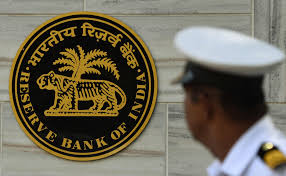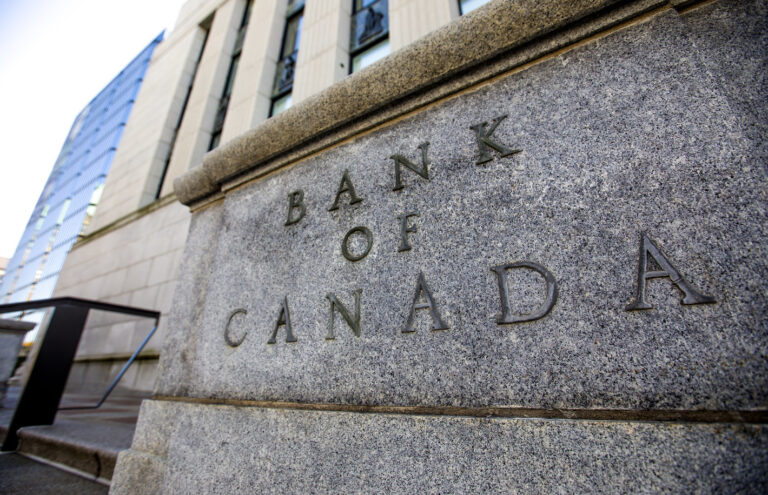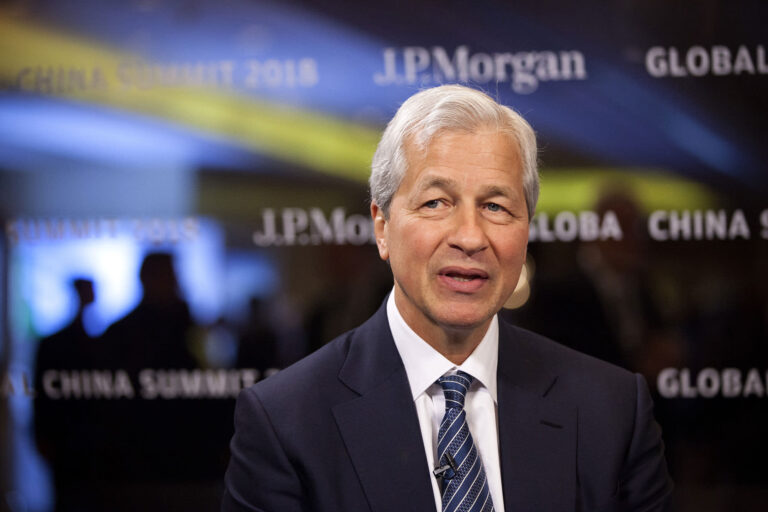Reserve Bank of India Holds Key Rates Steady against Hike Predictions
After six consecutive rate hikes, the Reserve Bank of India (RBI) has caught the markets off guard by deciding to hold its key rates steady.
The central bank has stated that it is closely monitoring the impact of recent global financial turbulence, leading to its decision to pause on any further rate hikes for the time being.
The RBI has emphasized its policy stance to focus on withdrawing accommodation, which suggests that it may consider further rate hikes if required.
However, the central bank’s Governor, Shaktikanta Das, stated that the pause in rate hikes is only for this meeting.
The monetary policy committee (MPC), which is made up of three members from the central bank and three external members, has decided to maintain the key lending rate, also known as the repo rate, at 6.5 percent.
The RBI’s current tightening cycle, which has led to a total increase of 250 basis points in the repo rate since May last year, was anticipated by most analysts to end with a final 25 basis points hike.
“We could see the RBI now going on an extended pause throughout FY24,” said Sakshi Gupta, principal economist at HDFC Bank, referring to India’s fiscal year which runs April through March.
Several Central Banks have also Paused or Willing to Pause on Rate Hikes
Several other central banks have followed suit by either pausing or indicating their readiness to pause hikes on their key rates.
For example, the Reserve Bank of Australia held its rates steady on Tuesday to evaluate the impact of past hikes, but cautioned that further increases could still be required.
“We have to be extremely prudent in our actions,” Das said in his statement.
Despite pausing rate hikes in view of the global macroeconomic and financial situation, Governor Das stated that the RBI’s job is far from over, and the battle against inflation must continue.
He reiterated the determination to bring inflation back within the central bank’s target range of 2 to 6 percent.
In February, retail inflation increased by 6.44 percent year-on-year, down from 6.52 percent in January, but it has stayed above the RBI’s target range for ten out of the last twelve readings.
According to the central bank, inflation is projected to be at 5.2 percent in 2023-24, while GDP growth is expected to be at 6.5 percent in the financial year that starts on April 1.
Aditi Nayar, the chief economist at rating agency ICRA, has stated that financial stability concerns seem to have caused the pause in rate hikes.
However, Nayar added that if inflation does not decrease according to the MPC’s evaluation, there may be another rate hike, particularly if the financial stability situation stabilizes.
Unlike the previous decision, where four members had voted for an interest rate hike, the current decision to maintain the interest rate was unanimous.
Market Shockwaves
After the RBI announced its surprise decision, government bond yields plummeted.
The 10-year benchmark 7.26% 2032 bond yield fell to 7.14%, the lowest point since September 15, immediately following the policy announcement, from 7.28% prior to the decision.
As of 10:20 a.m. (04:50 GMT), the yield stood at 7.18%.






